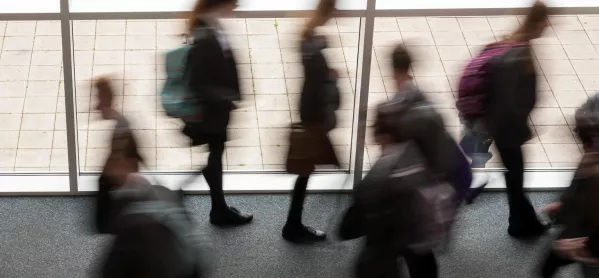Almost a third of children in need are “persistent absentees” from school, new statistics show.
The official statistics published by the Department for Education today show that in 2018, 31.3 per cent of children in need missed at least ten per cent of half-days at school, up from 28.2 per cent in 2015.
Statistics: One in 10 pupils have missed school due to family holidays
Opinion: ‘Fining parents for school absences doesn’t work’
Quick read: Lower absence and exclusion in non-GCSE courses
The statistics define a “child in need” as a child who has received social care services - which can include family support, leaving care support or disabled children’s services.
They also show that there has been a rise in the number of looked-after children who were persistent absentees, up to 10.6 per cent of looked after children from 9.0 per cent in 2015.
But looked-after children are still less likely to be persistent absentees than all children, 11.2 per cent of all children were classed as persistent absentees in 2018 - compared to 11 per cent in 2015.
Within these statistics, a looked-after child is a child who is continuously looked after by the local authority for at least 12 months.
Education secretary Damian Hinds said: “Education is the key to unlocking potential, and we cannot ignore the stark reality of the poorer outcomes for children who face chaotic lives or have experienced trauma or adversity.
“Society shares responsibility for improving outcomes for vulnerable children. That is why we’ve provided practical advice to schools and social workers to adapt the way they support them, including having a consistent and trusted member of staff to talk to. We are also investing £84 million to support families and help provide stability at home.
“School leaders, social workers and other professionals have been responding to our children in need review to go further in improving outcomes and help us identify the support needed for those who need it most.”




